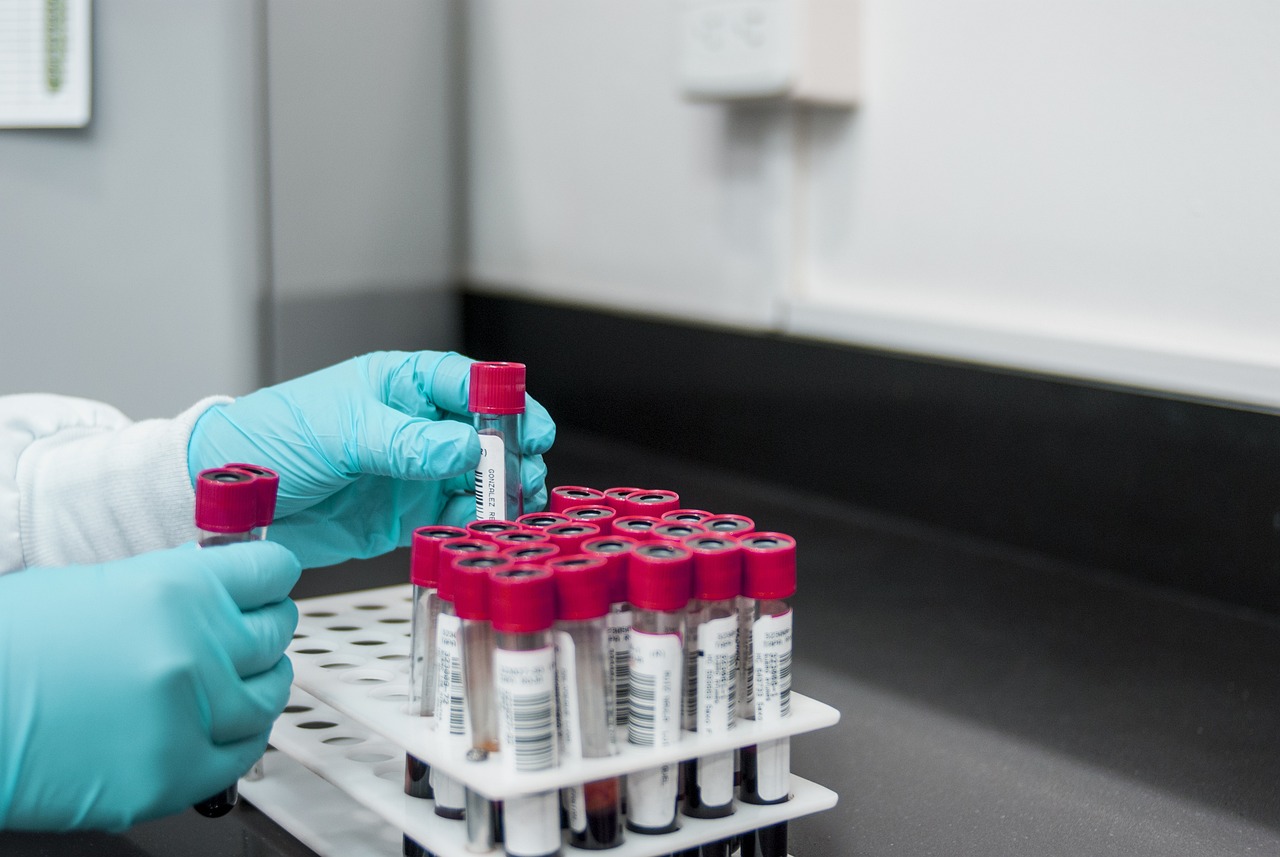Amyotrophic lateral sclerosis, or ALS, can occasionally be hard to diagnose or forecast how quickly the illness would advance. The finest blood tests for diagnosing and tracking ALS are determined by a recent study.
Their findings were published in the journal Neurology.
Having an effective biomarker can be highly valuable—in addition to helping in making the diagnosis, it can help in predicting prognosis, evaluating what stage of the disease people are in, and tracking their progress or their response to treatments.
Sylvain Lehmann
Three blood biomarker categories were evaluated in the study: phosphorylated tau 181, glial acidic proteins, and neurofilament light chain proteins. When nerve cells are damaged or die, neurofilament light chain proteins are seen in the blood. When cells attempt to heal damage, glial acidic proteins are produced. The accumulation of amyloid proteins in the body, which happens in Alzheimer’s disease, is connected to phosphorylated tau 181.
Four methods for assessing the quantities of the neurofilament light chain proteins were also being tested by the researchers.
Find Market Trends: Market Analysis
139 participants with ALS and 70 participants without ALS but with related conditions such primary lateral sclerosis and lower motor neuron disease participated in the study.
Researchers used these three kinds of indicators to evaluate their blood. The individuals were then monitored for an average of 3.5 years for those with ALS and almost 12 years for those without the disease. Compared to 8% of those with other illnesses, 86% of those with ALS passed away during that time.
The blood levels of neurofilament light chain proteins were three times greater in ALS patients than in those with other illnesses.
According to the study, over 80% of the time, the neurofilament light chain tests were able to accurately identify those who had ALS. With accurate results just about half the time, the glial acidic protein and phosphorylated tau 181 tests have low diagnostic accuracy.
Additionally, a neurofilament light chain protein level that can be used to predict survival in ALS patients was discovered by the researchers. Over 40% of those with protein levels below that threshold remained alive within a year, whereas none of those with levels beyond that threshold did.
Also Read: Merck’s Application for KEYTRUDA® (pembrolizumab) Receives US FDA’s Priority Review
While more research needs to be done to confirm these findings, having better information about prognosis is valuable for people with ALS and their families as well as the doctors who treat them.
Sylvain Lehmann
One of the study’s limitations was that all of the participants were from the same region of France, therefore the findings might not be generalizable to other regions.
Source: American Academy of Neurology
Journal Reference: Mondesert, Etienne et al. “Comparative Performances of 4 Serum NfL Assays, pTau181, and GFAP in Patients With Amyotrophic Lateral Sclerosis.” Neurology vol. 104,6 (2025): e213400. DOI: 10.1212/WNL.0000000000213400
Last Modified:






